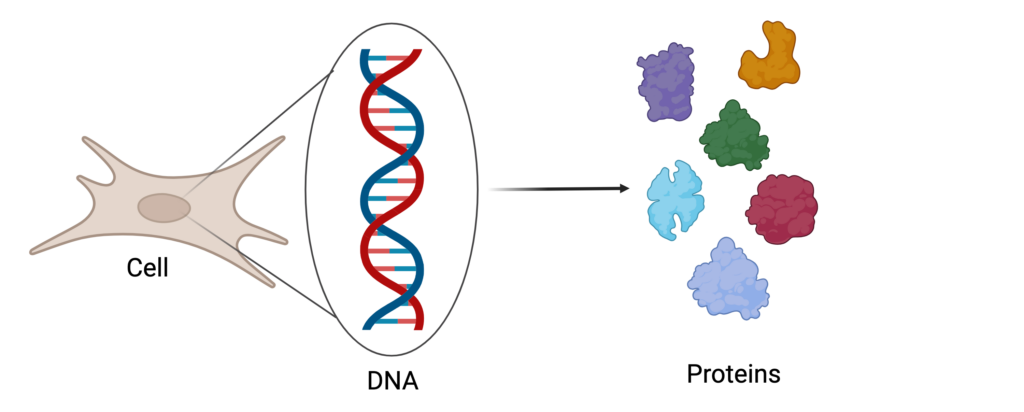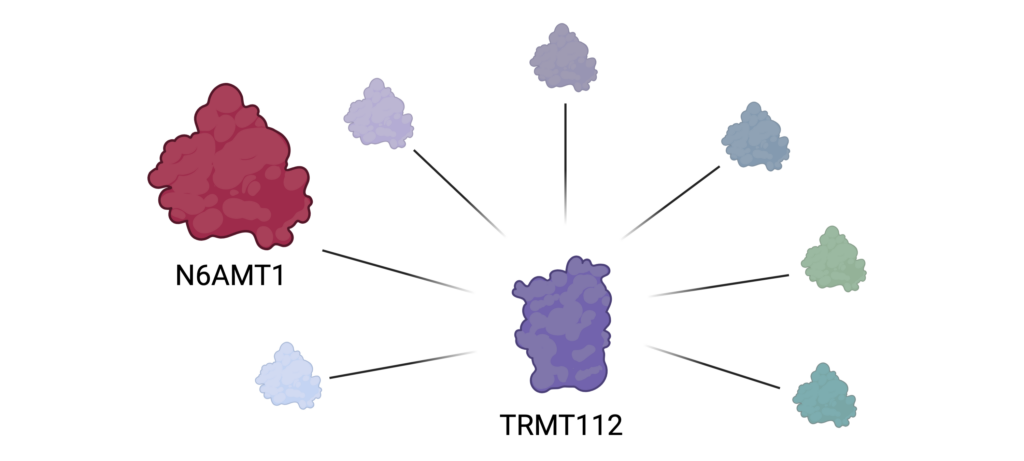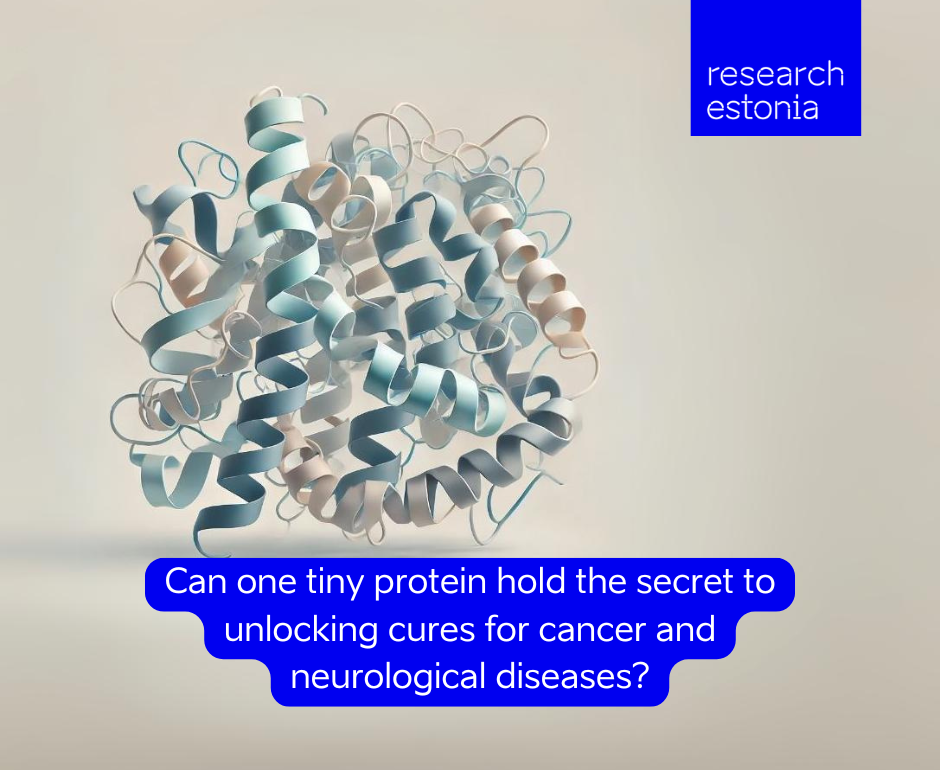Research from University of Tartu, Institute of Technology now suggests that a long-overlooked protein, TRMT112, may play a role in the development of various cancers and neurological pathologies.
Proteins are not just something bought as a protein powder to drink as a shake after going to the gym. Human bodies have thousands of these tiny workhorses constantly performing various functions inside our cells to keep us alive and healthy. When these vital molecules within our cells malfunction, it can lead to various diseases, including cancer, neurological pathologies and even diabetes. To make effective and targeted medicine to treat such diseases, we first need to know precisely what each protein does inside a healthy cell.

Interestingly, many diseases are often linked through dysfunctions of these same molecules. TRMT112 dysfunctions can be linked with cancer, neurological pathologies, diabetes and even Williams-Beuren syndrome. Although all living organisms have TRMT112 inside their cells, ranging from mammals and bacteria to yeast and plants, its exact impact on our bodies remains poorly understood. However, we do know it contributes to diseases, even if we don’t know the exact mechanism.
Thus far we have discovered that TRMT112 can bind with particular types of proteins called methyltransferases. Scientists estimate that human cells alone have about 200 different methyltransferases, but there might be more. Each of them has particular functions inside our cells. For example, one methyltransferase might have essential functions in the brain and neurons but have a completely different function in liver cells.
If these molecules malfunction inside the cells, they contribute to the development of diseases like the aforementioned cancer, intellectual disabilities, and Williams-Beuren syndrome. The latter is caused by a rare genetic condition that leads to various developmental issues and increases the risk of cardiovascular disease.
Methyltransferases have a significant effect because they add methyl groups to various substrates, including RNA, DNA, and other proteins. Once the methyl group is added, the substrate’s behaviour inside the cells changes, affecting cellular processes. For example, proteins are built from amino acids, and methylation of specific amino acids can initiate the protein to bind to certain other proteins. This means the methylation has activated the protein to perform a particular function.
Our research group – led by Professor Reet Kurg at the University of Tartu, Institute of Technology, is currently researching the role of TRMT112 in mammalian cells. My PhD research contributed to the finding that TRMT112 binds to and activates seven different methyltransferases. Prosaically, we call it the TRMT112 network. Without the interaction with TRMT112, these methyltransferases can’t methylate their substrates, which may have various consequences.
All seven of the ones that we have identified as TRMT112 network members are linked to cancer development. One of the TRMT112-network members called WBSCR22 also plays a role in Williams-Beuren syndrome, N6AMT1 has been linked with diabetes, while defects in METTL5 and ALKBH8 are linked with neurological pathologies.

Through my PhD research, we have also found that the TRMT112-network member N6AMT1 plays a role in human cell growth and division. The process by which the cell grows and, in the end, divides into two daughter cells, is called the cell cycle. We suspect that in this case, the faulty TRMT112-N6AMT1 protein complex disrupts the cell cycle, causing daughter cells to end up with diverging genetic information. This could trigger the onset of various diseases, including cancer.
I anticipate that through my research, we will better understand how TRMT112-network methyltransferases function inside our cells and how these processes impact the development of several diseases. If we fully understand the role of TRMT112 and TRMT112-network methyltransferases, we can develop more effective medicine to treat many diseases, including cancer, neurological pathologies, diabetes and Williams-Beuren syndrome.
Author of this article is Baiba Brūmele from University of Tartu. Editor Jaan-Juhan Oidermaa.
Article written for the contest “Science in 3 minutes” organised by Estonian Academy of Sciences and The Estonian Young Academy of Sciences (EYAS). Main sponsor of the competition is Inclusive Financial Technology Foundation.
If this boost of health knowledge has you feeling invigorated, don’t just walk it off—run to our next article for more wellness wisdom! Read more about how Hidden bacteria may shape your health!
 Back
Back



